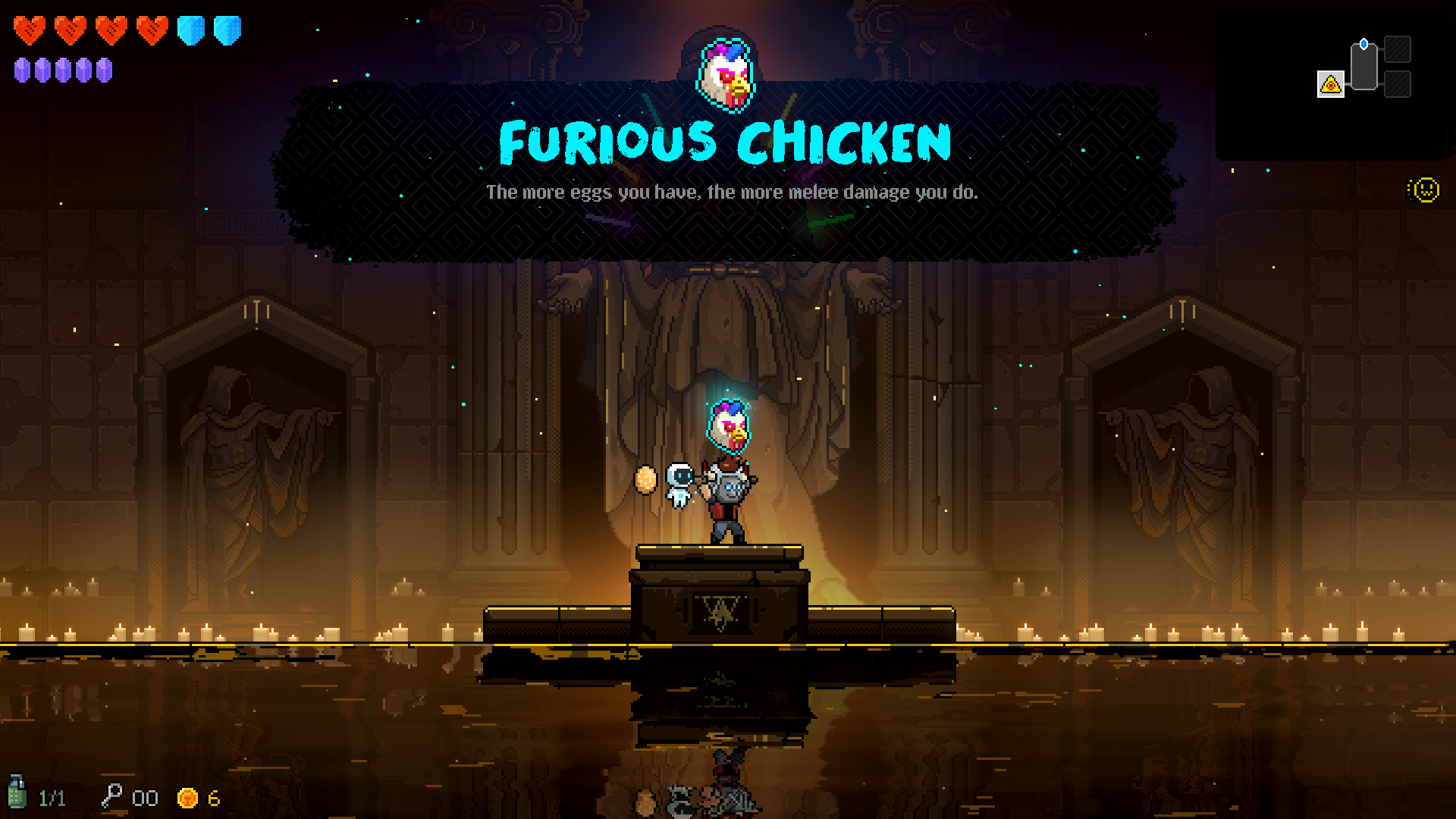Neon Abyss – The Importance of a Good Demo
Neon Abyss is a great example of how demos can levy its own game play style to encourage users to buy the full release, by providing the right amount of content and ample time to convince you.
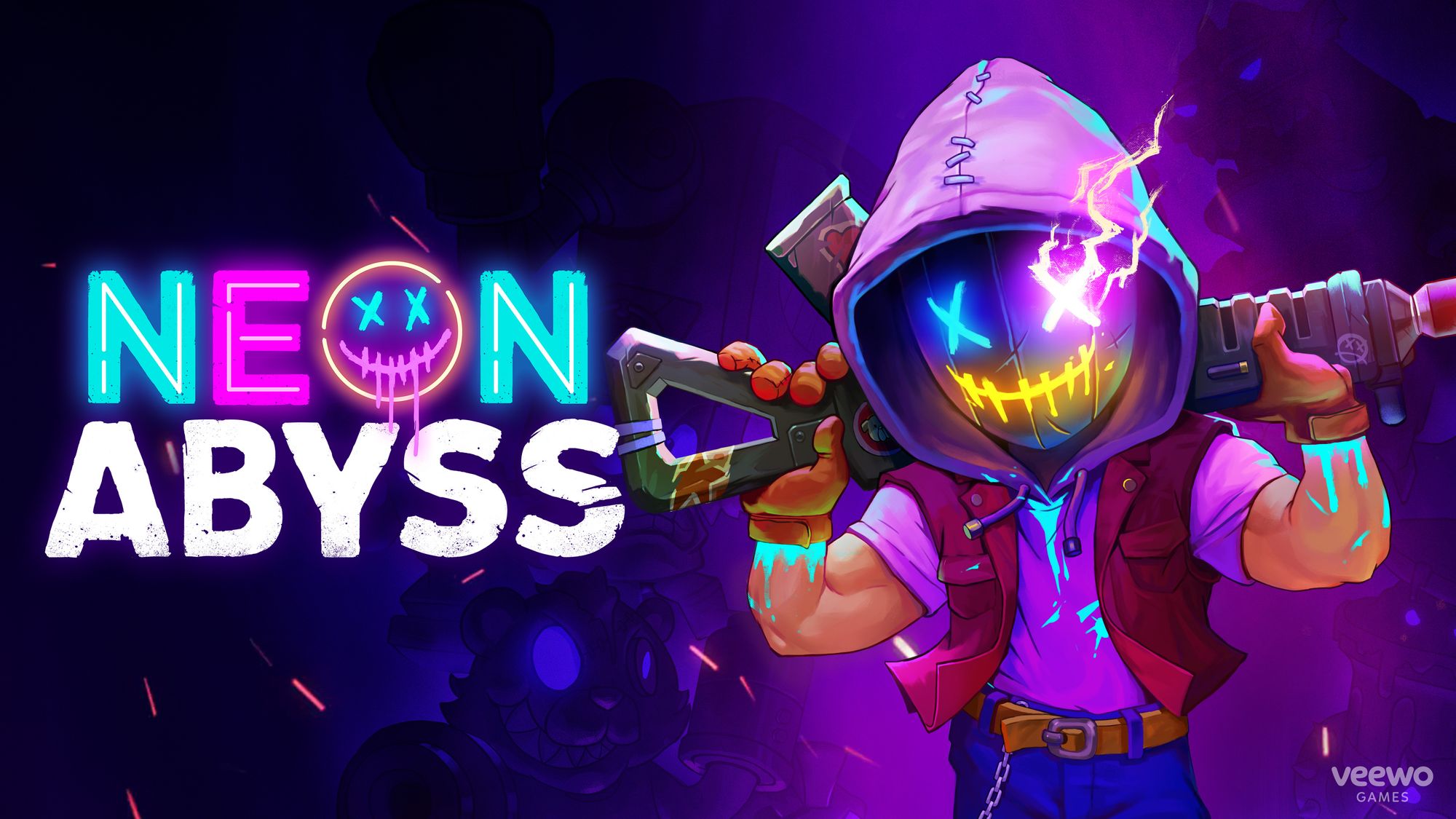
There are reasons why you might skip over playing a game. Sometimes you just are not in the mood for the style of game play, you may not like the art style or the developers. All valid decisions. But, what happens when you are on the fence about a game? It may look interesting, but it does not look interesting enough. This is exactly what happened when I came across Neon Abyss. I downloaded the demo to try it out. Neon Abyss is a great example of how demos can levy its own game play style to encourage users to buy the full release. Neon Abyss’s demo provided the right amount of teased content and ample time to convince you.
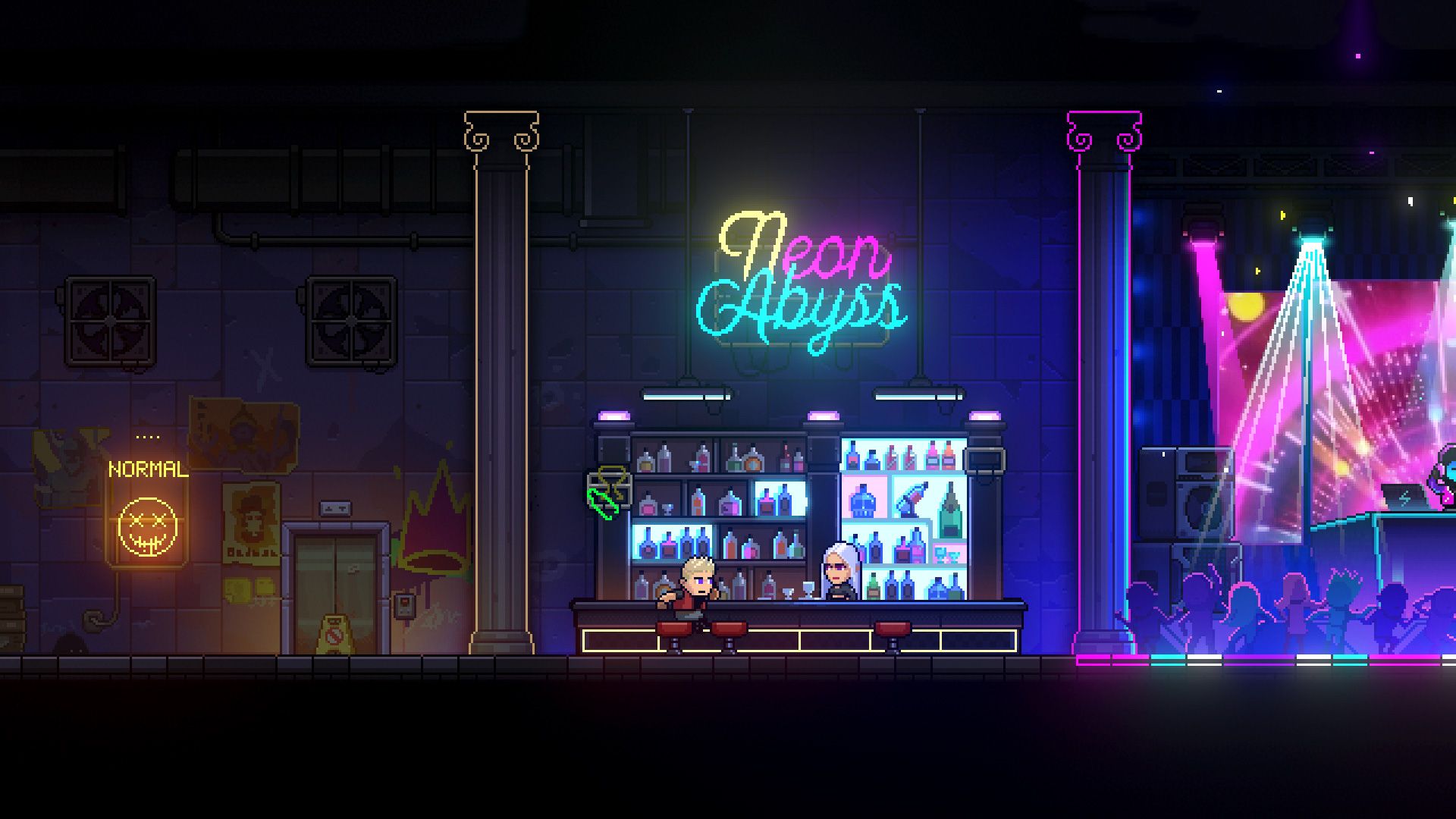
Time Stops in The Abyss
I put in about two hours into the demo before I decided to buy it. I could continue to play it until ten or even twenty hours if I wanted. The game’s core mechanic, rogue like, allows someone to keep replaying the demo to see all that the game has to offer. The game does not limit you to an hour or two, nor does it limit the time spent in dungeons. This opens the demo to be played in several ways, allowing the player to exhaust all that the demo has to offer, and push the player into purchasing the game. If you spent all that time playing and replaying a demo – it means you’re more likely to actually buy the game.
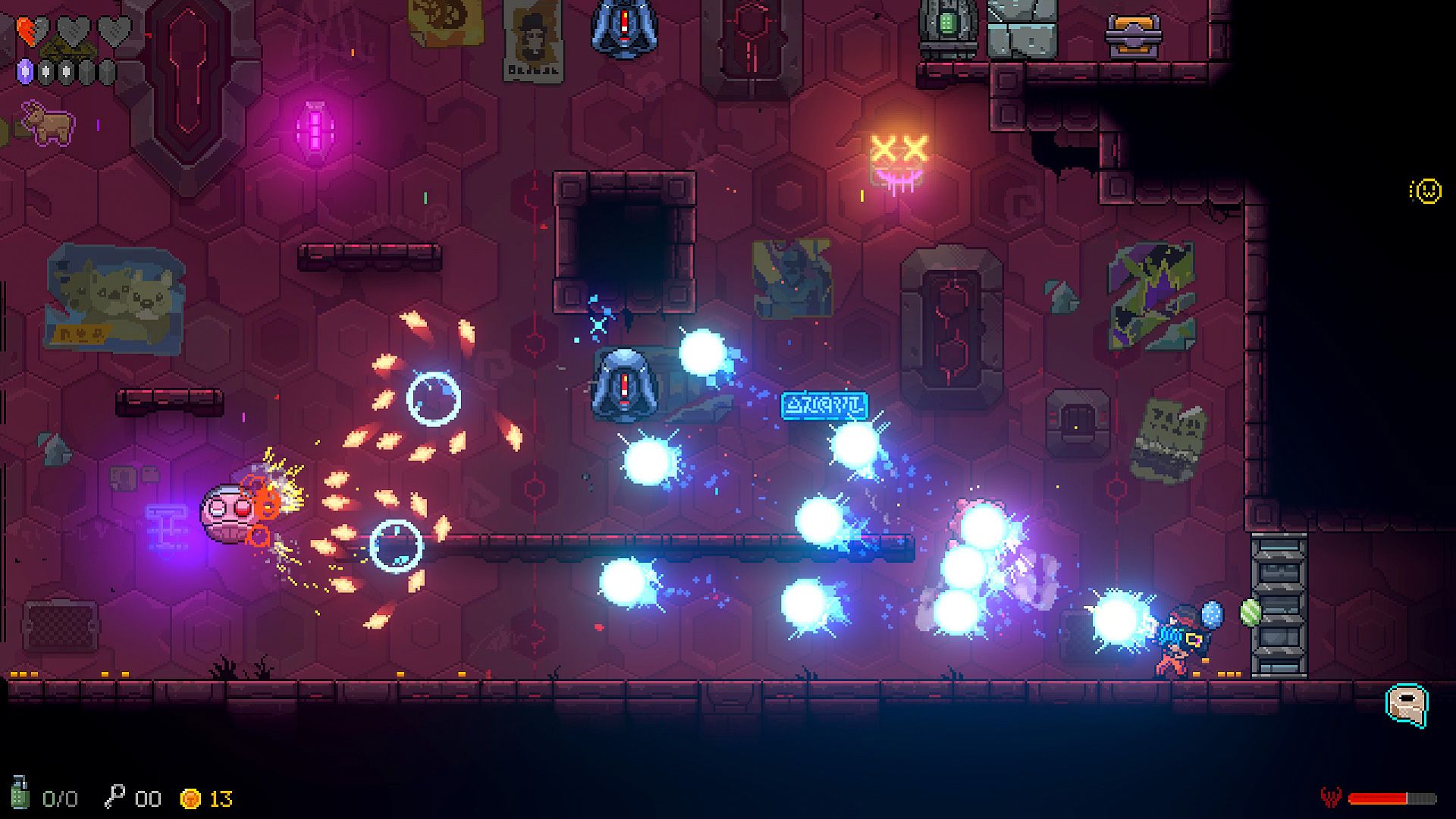
Limiting the Abyss
The demo provides a significant amount of content available, but at the same time it limits it a great deal.
Once you begin playing the game, and upon your first death you the game takes you to a screen where you can upgrade your character for more runs. Immediately you can peruse all the upgrades available, but the upgrades aren't available. Looking over these, I thought to myself – If I had this it would be a great help. The game shows you the locked character selection screen. Where each character may have different play styles and strengths and weaknesses.
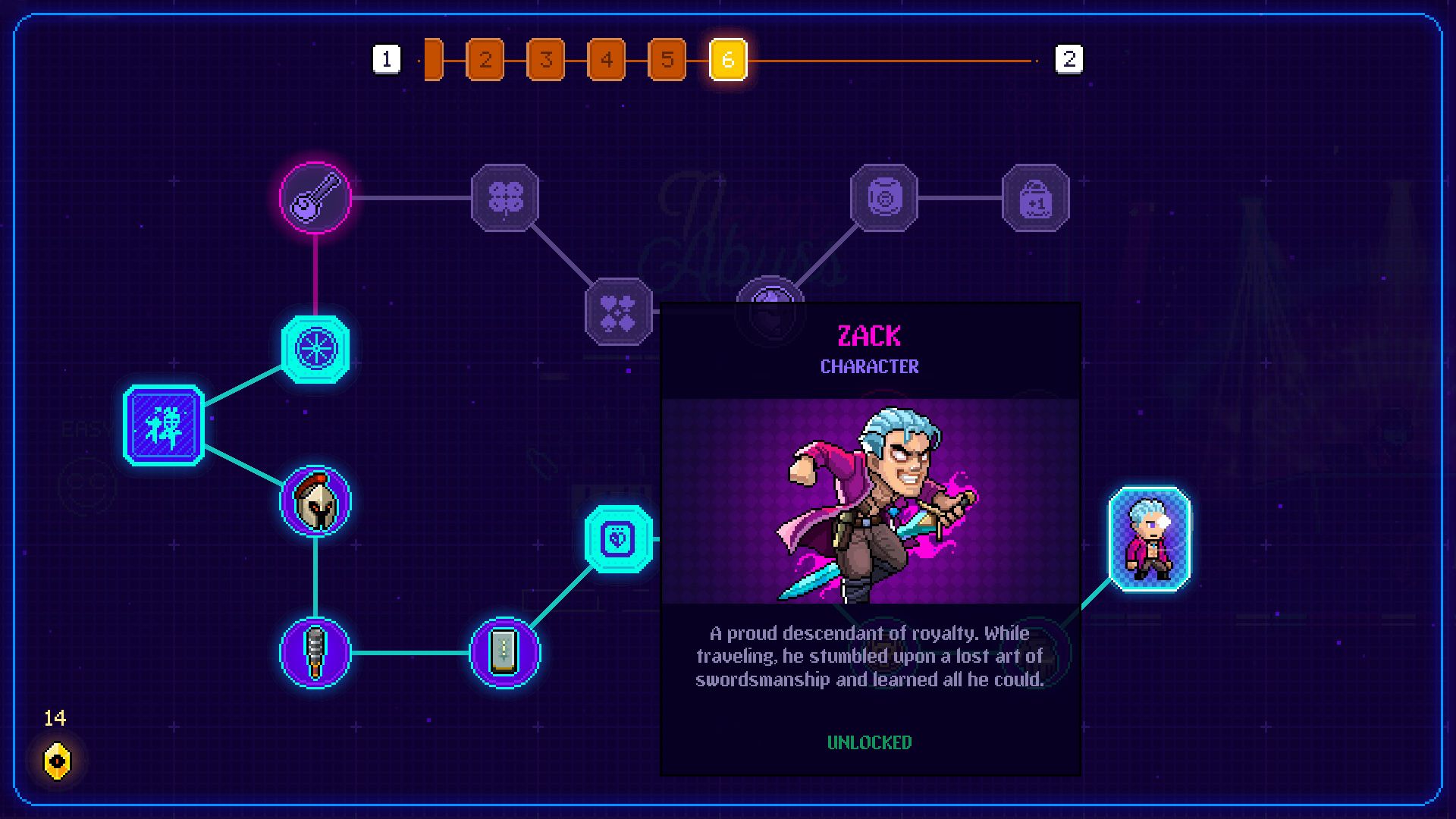
The game also provides you with a screen that shows you which of the main bosses you are running the dungeon for. Only the first is accessible in the demo. I enjoyed the way the portrait of the first boss looked and could not help but think of the others as well.
The dungeon boss is not available in the demo, but the game brings you up close and personal to it after powering you up.
These limitations were frustrating but enjoyable. Much like a traditional rogue like, you were going to have to restart from zero anyway.
The Abyss is Bright
The game provides you with everything you would need in the dungeons to win. You arrive at the end of stage four, awaiting the stage start for the final stage, only to be met by the ‘Buy the Full Version’ screen.
In your journey to the eventual boss, the dungeon provides you with as close of an experience to the full game. Ensuring that you have time to experiment with all the variations of weapons. With all the upgrades, and encouraging mixing and matching of various powers.
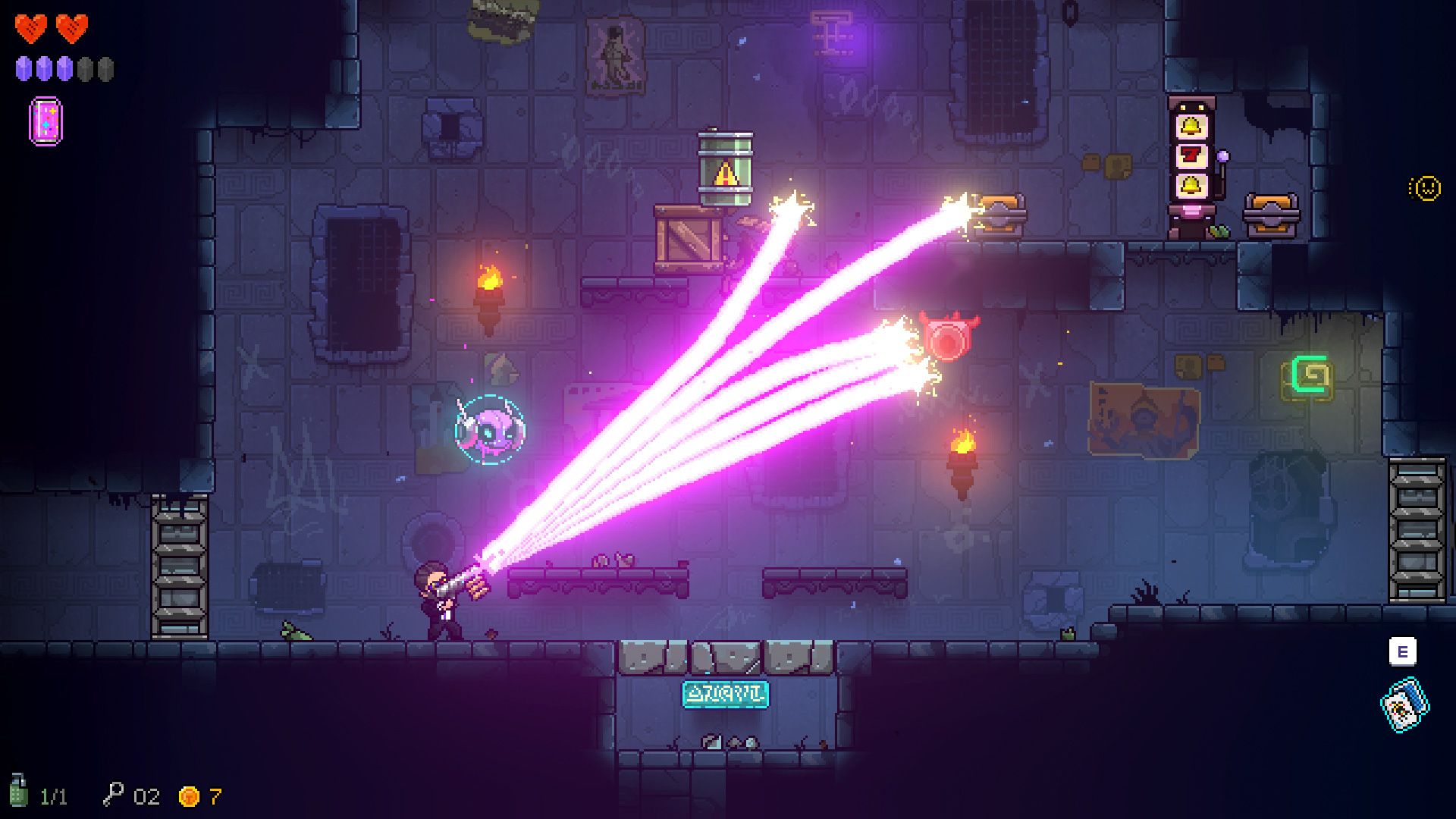
The mechanics that define the game are almost all here and it allows you to get a feel for what you can expect as you approach the mid-game.
Though the game provides you with a lite version of most of its mechanics, the mechanics are still here and allows you to test it.
Conclusion
Neon Abyss made use of its game’s game play style to craft a demo that highlights the things that make it stand out amongst the competition. The game’s limitations can be mistaken for a much smaller in scope complete game. This gives the player unlimited time with the demo and its various systems, while still teasing the right amount content in the full version. Neon Abyss’s demo was a great dungeon run, and it is great example of leveraging a game’s core to provide a proper evaluation.
